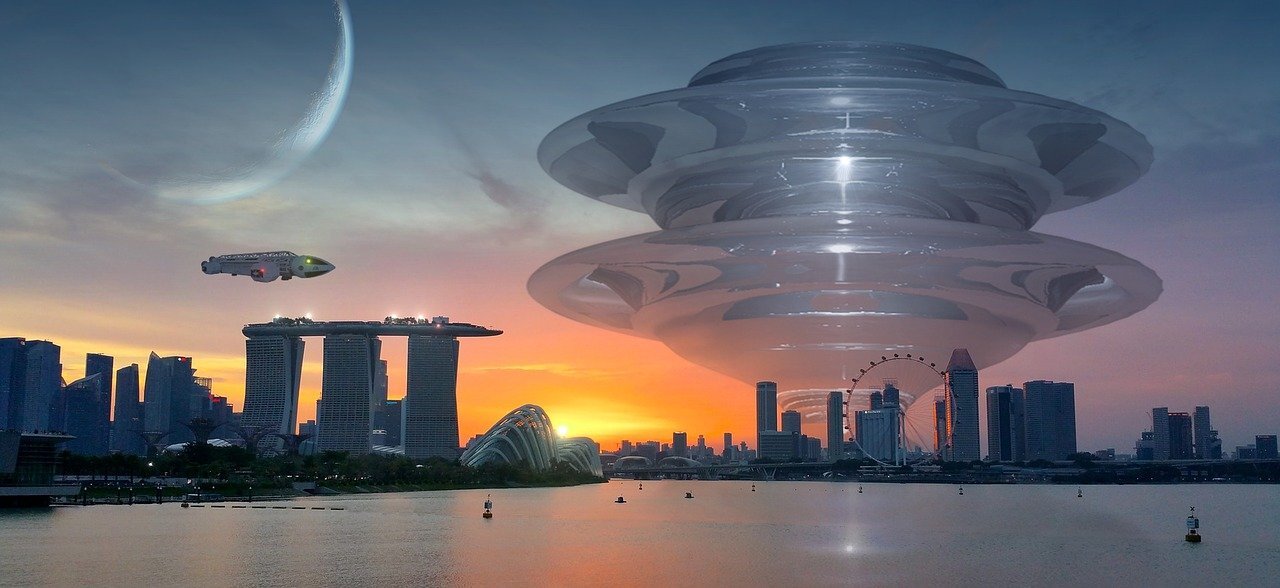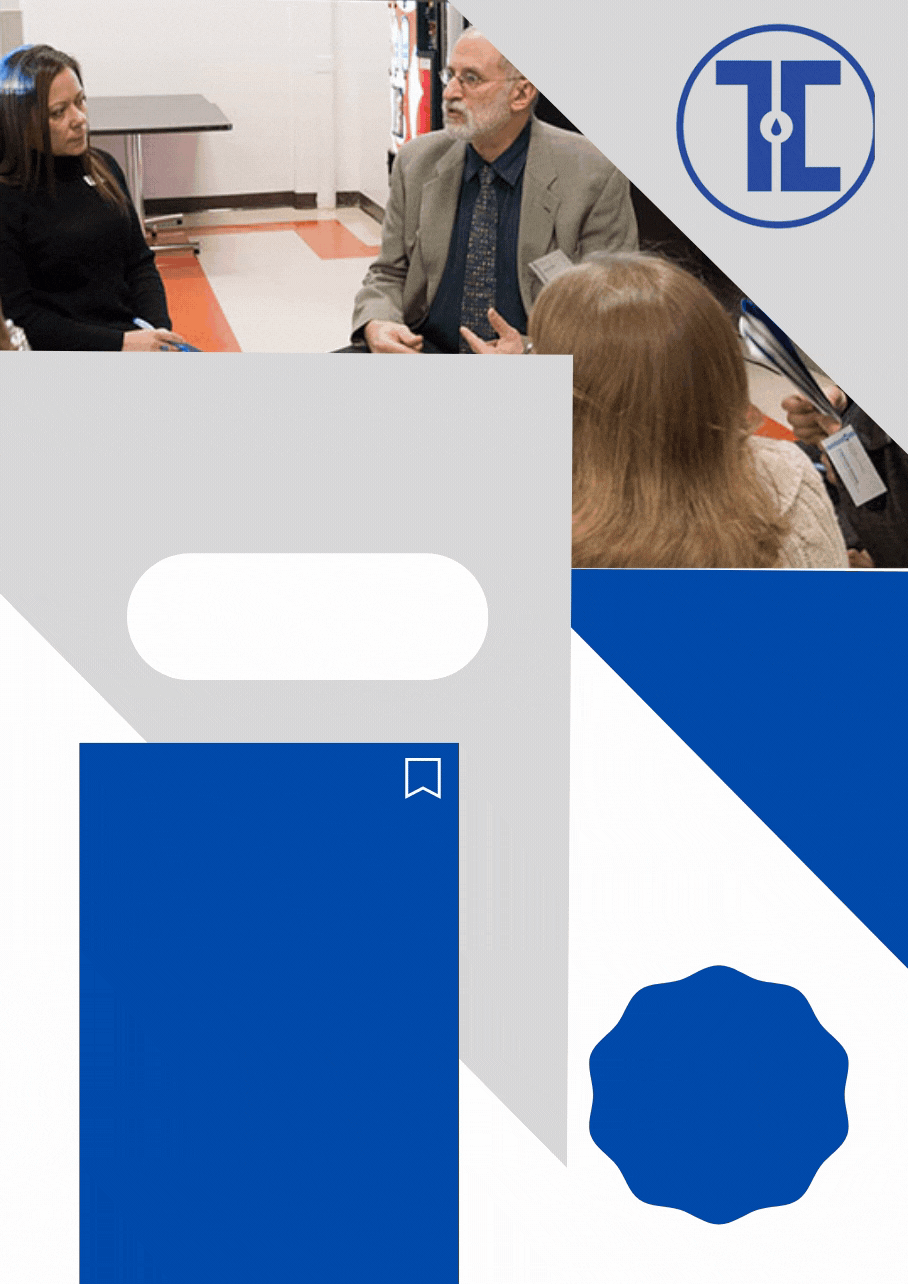
A World of Possibilities: How 3D Animation is Changing the Way We Live Today
Touro professor and 3D animation expert Dominika Juraszek talks about the latest trends in the field—and explains why her students sometimes feel like Dr. Frankenstein
By Elizabeth Laura Nelson
Say the word “3D” to some people, and they immediately picture a pair of flimsy cardboard glasses, one lens red and the other lens blue. Say it to Dominika Juraszek, and she thinks of custom-designed jewelry, virtual reality games, and lifesaving advances in medical technology.
Juraszek, who holds a Master’s degree from California Institute of the Arts and has over 15 years of experience in the 3D design and animation industry, teaches 3D animation and modeling at Touro Graduate School of Technology. She recently sat down to talk to us about what’s new in the world of 3D, how 3D technology is being used to change the way we live our lives, and what excites—and challenges—her students at Touro GST.
TechSpec: Many people, when theythink about 3D animation, just think about special effects—putting on the glasses to see asteroids hurtling toward you in the movie theater, things like that. How else is 3D being used nowadays?
Dominika Juraszek: 3D is used widely in all different types of fields these days. You have it in fashion, you have it in jewelry design, you have it in gaming, and in the virtual reality world—it’s quite boundless, I would say. In fashion, we have 3D printing going on, where designers are creating their own shoesand jewelry and printing out their own fabric. It’s a very up-and-coming thing.
Then there’s the medical field, where they’re using 3D printing to create organs that can be used to save lives. They're printing pieces of the spine that can actually be put into people—it’s really incredible. [In 2015, a clinic in Croatia made history by implanting an acrylic, 3D printed vertebra into a patient with spinal cancer.
Augmented reality is big right now in 3D as well. A lot of websites are doing 3D tours of companies, where you have a simulation of what the environment looks like. Sometimes it’s done with 360-degree cameras, and sometimes it’s done with a 3D mock-up, either of an interiorspace or the actual outside environment. We also have 3D used in architectural, product, and interior design. Some artists are even printing their own tiny home designs as part of the sustainable home-building movement!
Of course there’s also character and cartoon design, Pixar and those types of companies. They use 3D animation for character and prop design, gaming, advertising. That little Geico lizard, that’s a 3D character. There are just so many great ways to use 3D.
TS:With so many possible ways to use 3D, where does a person start if they want to go into the field? What’s the first thing your students learn?
DJ:We start with the basics of polygons; how to create different objects by putting polygons together. In the beginning, it can be a little bit hard for students to adjust to the 3D perspective, especially when they’re coming from a 2D background, for example, having only worked in Photoshop or Sketch or Illustrator. They have to learn how to transfer their 2D ideas into a 3D world, where now you have depth. They learn how to mold things, how to extrude. It's sort of like working with clay—they push and pull the different components, whether it’s a prop or a character or an object, based off of a prototype design that they made.
Working on projects that make a difference
When asked what experiences at Touro stood out as being most
useful in preparing her for her new career, Eunice remembers
presenting her designs to a panel made up of advisors, professors,
and peers. “When I did my thesis presentation, there were probably
70 or more people there,” she says. “When I started working at Erdos,
I got into preparing presentations to communicate ideas to colleagues
and clients, and having already done that at Touro was super helpful.”
Once they’velearned that, they get more into the animation, using more advanced tools to move their 3D objects in space. Students have the opportunity to create their own characters and learn the basics of storytelling by making a short animation. And they really, really enjoy bringing their characters to life. It’s kind of a Dr. Frankenstein situation—you know Mary Shelley’s Frankenstein? That’s the feeling they get from it.
“My goal was to help the community grow closer, even though many congregants are far apart geographically,” she says. “I conducted a survey and dug into the data, did research, and designed a mobile app for the church. That was a really special project for me to work on, because I wanted to create something that would actually help people, and this was for a community I’m part of.”
Back in the day, you had to have puppets and gaffers and heavy cameras to do this. You had to have giant sets and big studios and rig giant lights. Now you have all of those things in the virtual world, and you can control it, and it’s very exciting for students to bring their ideas to life. And also challenging!
TS: What are some of the challenges your students face?
DJ: One thing they often struggle with is that they forget to look at things from all sides. They might be modeling something based on a two-dimensional sketch, and they see that the shape is correct, but they didn’t look at it from the top. When you’re working in the three-dimensional world, you have to always check yourself from different angles. You have to really explore your objects and constantly keep that 3D perspective view.
They also learn about kinematics—the art of motion. That can be a big challenge. How long does it take for a character to pick up a cup and drink from it? What about kicking a ball? I have students actually act it out with a timer. They have to really think about how to use every frame to tell the story and make it look realistic. In addition, students learn how to create custom rigs with joints. This is a bit challenging at first, because students are creating what looks like a skeletal system for the character. This rig then allows the animator to move the different parts of the model and set key-frames on the timeline.
Another thing students learn is the value of simplicity. Students sometimes come in with these very complex ideas, and when they realize it takes 24 frames to make one second of animation, they figure out pretty quickly that they can tell their story with one or two characters, rather than five or 10. Maybe they can even tell it with just one object!
You can make a big impact by keeping things simple. My students gain a huge appreciation for the amount of work it takes to make animation. That’s why studios have literally thousands of people working on just one movie. It’sso time-consuming. You’ve got to be very organized and really plan out your storyboard, including composition, camera angles, and sound.
TS: Why should students study 3D animation at Touro?
DJ: There are just so many avenues that this sort of knowledge can go into. My previous students have landed lots of different kinds of jobs—one of my graduate students just got a job teaching 3D animation,and I have another student who’s doing advertising design, and one who works for a gaming company.
The industry is really looking for well-rounded candidates who know a little bit of everything. You can’t just know Photoshop these days. You need to knowsome 2D animation, some 3D animation, and even some web development and coding. You need to know about motion graphics and visual design. There’s a huge demand for 3D knowledge—it’s expanding everywhere. There’s so much you can do with it; it’s very exciting. It is the future!
Want to explore more?
Check out the recordings from our professional development workshops
or sign up for a future workshop by clicking HERE,
or sign up for our next online information session by clicking HERE.













